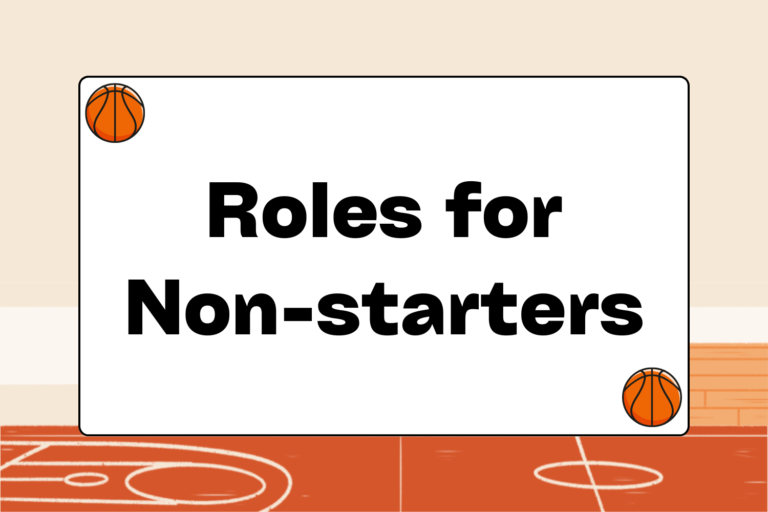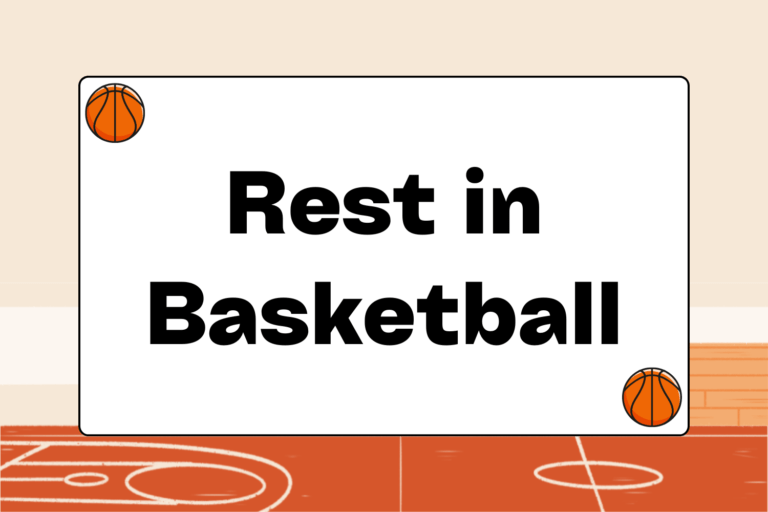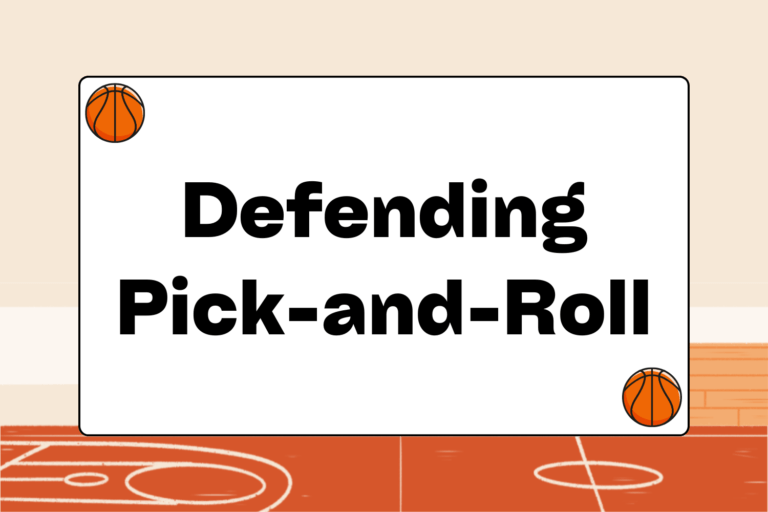Eye contact between teammates is a great way to communicate non-verbally during the heat of a basketball game. When it’s used correctly, teammates know when to look for eye contact, and they immediately realize what’s being communicated.
Eye contact during a game can be used to communicate all of the following, without the opposition knowing that communication is even taking place:
- Defensive assignments
- Calling plays
- When and how to pass the ball
- That a teammate is about to make an offensive cut
- An order to shoot the ball
Teammates that have played together for a long time know when and how to look for eye contact during a game. Eye contact on offense can create easy baskets. On defense, it can lead to quick recoveries that prevent the opponent from scoring.
Despite all of its advantages, eye contact is rarely taught by coaches or worked on during practice. It’s part of the feel for the game that players who love basketball pick up over time.
When You’re Passing
In most cases, it’s essential to make eye contact with the player you’re passing the ball to. Doing so alerts your teammate that the ball’s coming his way. However, quick eye contact to a ball-handling teammate when you’re working to get open can convey any of the following messages:
- That you’re about to cut
- The type of cut you are about to make
- Your preference for a lob
- Where you want the ball to be passed
Most lobs or alley-oop passes start with eye contact. The receiving teammate will flash wide eyes or nod to indicate that he’s ready for the lob. Communication is absolutely necessary for lobs and cutting passes — especially if you want to catch the defense off-guard. Eye contact is often the best way to make this happen.
The same is true for a cutting offensive player. A player who likes to cut to the basket can quickly glance at the ball-handler to indicate that he’s ready to slash to the hoop. The same is true for the wing man who prefers to pop out to the three-point arc to receive a pass. Experienced ball-handlers who know their teammates’ tendencies can make a crisp pass based solely on eye contact.
When You’re Dribbling
By simply using their eyes, ball-handlers can effectively call out plays to their watching teammates. An experienced point guard can direct traffic, call for clear-outs, send a cutter to the hole, or tell the receiver of the pass to shoot. A point guard who communicates non-verbally on the floor must be able to see the entire floor while watching his own defensive man. This is a talent that comes with experience, and only advanced players should try it.
Eye Contact & Hand Gestures
The best ball-handlers can conduct the entire floor with their eyes and their off-hand while warding off a defender. This is an effective way to call plays and initiate the offense. These gestures can also create mismatches and open shot opportunities. Using non-verbal communication to operate the offense should be the goal for advanced point guards playing on league teams.
Hot Tip: Watch the Pros
Watching the great point guards of the National Basketball Association (NBA) is a great way to learn about non-verbal communication skills. Study the hand gestures the pros use, and then try them out with teammates on the wing.
Defensive Assignments
Eye contact is a great tool for transition defense. It helps your team determine who’s picking up the ball-handler and recover quickly to take the nearest man. When combined with hand gestures, teammates can indicate switches to ensure that every man is covered.
Once the ball is accounted for in transition, defenders usually guard the closest offensive man, making sure to pick up the man nearest the basket. When a man’s accounted for, that player should indicate a switched assignment to teammates. Eye contact’s the best way to guarantee that your teammates understand what you’re trying to communicate.
Mental Edge
Eye contact on defense is generally avoided in a half-court setting, where eyes should be locked on your man and the ball at all times.
Why Eye Contact Works
Ultimately, eye contact’s about directing traffic to create scores and eliminate easy baskets — all in the most efficient manner possible. It’s normal and effective to do these things by talking, calling plays, and practicing together. But teammates who can communicate on the fly with direct eye contact are more efficient and can quickly catch an opposition off-balance.
Using eye contact in transition defense can eliminate fast-break baskets and lead to quick defensive recoveries. Non-verbal communication typically only develops over time based on your feel for the game. Play regularly, find teammates you like to work with, and soon it’ll be a skill you can rely on.





